The Nine Muses of the Greek Mythology
“Sing to me oh Muse”… The Nine Muses of the Greek Mythology were deities that gave artists, philosophers and individuals the necessary inspiration for creation.
Hesiod reveals that they were called Muses or Mouses in Greek, as the Greek word “mosis” refers to the desire and wish. The word museum also comes from the Greek Muses.
The Nine Muses were: Clio, Euterpe, Thalia, Melpomeni, Terpsichore, Erato, Polymnia, Ourania and Calliope.
All the ancient writers appeal to the Muses at the beginning of their work. Homer asks the Muses both in the Iliad and Odyssey to help him tell the story in the most proper way, and until today the Muses are symbols of inspiration and artistic creation.
In painting the Muses are usually presented as ethereal women with divine beauty, holding laurels and other items depending on their faculty.
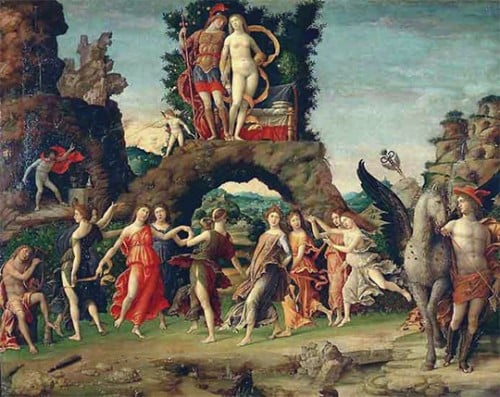
The Muses in the Greek Mythology
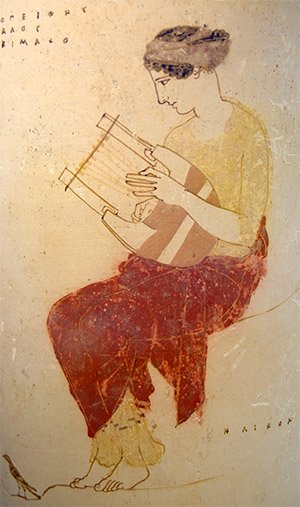 According to the Greek Myths, God Zeus bewildered the young woman Mnemosyne and slept with her for nine consecutive nights. The result of their encounter was the Nine Muses, who were similar to everything.
According to the Greek Myths, God Zeus bewildered the young woman Mnemosyne and slept with her for nine consecutive nights. The result of their encounter was the Nine Muses, who were similar to everything.
Μnemosyne gave the babies to Nymph Eufime and God Apollo. When they grew up they showed their tendency to the arts, taught by God Apollo himself.
They were not interested in anything of the regular human everyday life and they wanted to dedicate their lives to the Arts. Apollo brought them to the big and beautiful Mount Elikonas, where the older Temple of Zeus used to be. Ever since, the Muses supported and encouraged creation, enhancing imagination and inspiration of the artists.
Muses and Arts
According to the Greek Mythology, two Muses invented theory and practice in learning, three Muses invented the musical vibrations in Lyre, four Muses invented the four known dialects in the language – Attica, Ionian, Aeolian and Dorian – and five muses the five human senses. Seven muses invented the seven chords of the lyre, the seven celestial zones, the seven planets and the seven vocals of the Greek Alphabet.
Analytically the Nine Muses are:
1. Clio: The Muse Clio discovered history and guitar. History was named Clio in the ancient years, because it refers to “kleos” the Greek word for the heroic acts. Clio was always represented with a clarion in the right arm and a book in the left hand.
2. Euterpe: Muse Euterpe discovered several musical instruments, courses and dialectic. She was always depicted holding a flute, while many instruments were always around her.
3. Thalia: Muse Thalia was the protector of comedy; she discovered comedy, geometry, architectural science and agriculture. She was also protector of Symposiums. She was always depicted holding a theatrical – comedy mask.
4. Melpomene: Opposite from Thalia, Muse Melpomene was the protector of Tragedy; she invented tragedy, rhetoric speech and Melos. She was depicted holding a tragedy mask and usually bearing a bat.
5. Terpsichore: Terpsichore was the protector of dance; she invented dances, the harp and education. She was called Terpsichore because she was enjoying and having fun with dancing ( “Terpo” in Greek refers to be amused). She was depicted wearing laurels on her head, holding a harp and dancing.
6. Erato: Muse Erato was the protector of Love and Love Poetry – as well as wedding. Her name comes from the Greek word “Eros” that refers to the feeling of falling in love. She was depicted holding a lyre and love arrows and bows.
7. Polymnia: Muse Polymnia was the protector of the divine hymns and mimic art; she invented geometry and grammar. She was depicted looking up to the Sky, holding a lyre.
8. Ourania: Muse Ourania was the protector of the celestial objects and stars; she invented astronomy. She was always depicted bearing stars, a celestial sphere and a bow compass.
9. Calliope: Muse Calliope was the superior Muse. She was accompanying kings and princes in order to impose justice and serenity. She was the protector of heroic poems and rhetoric art. According to the myth, Homer asks from Calliope to inspire him while writing Iliad and Odyssey, and, thus, Calliope is depicted holding laurels in one hand and the two Homeric poems in the other hand.
The Nine Muses have been inspiring artists since the antiquity and there countless paintings, drawings, designs, poems and statues dedicated to them. All artists of the Renaissance acknowledged their importance in artistic creation, dedicating their works to the Muses.
Today, the most famous depiction of the Muses in sculpture is in Greece, in Corfu; the Empress Sissi of Austria had their statues made for her, in order to ornament the garden of her retreat house in Corfu, the famous Achilleion.

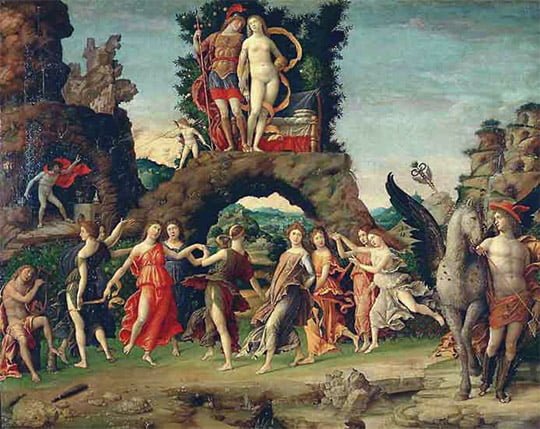
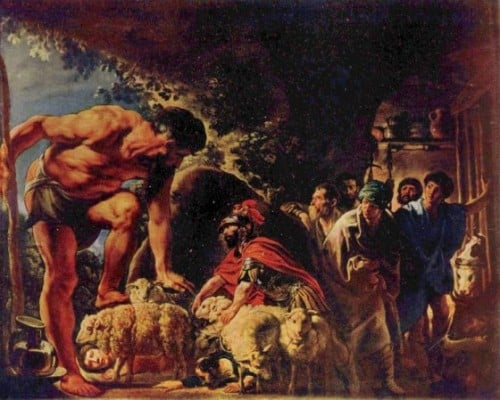
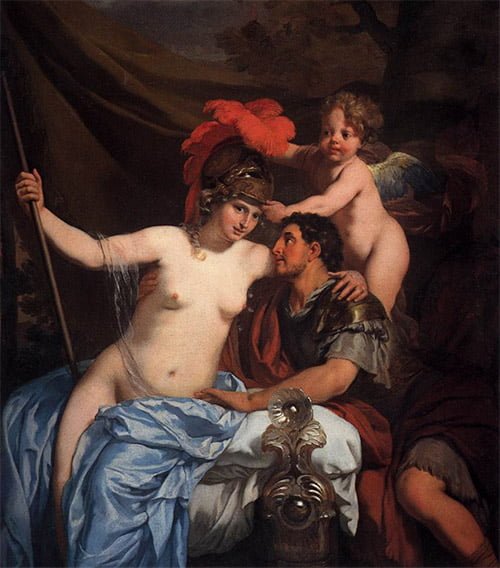
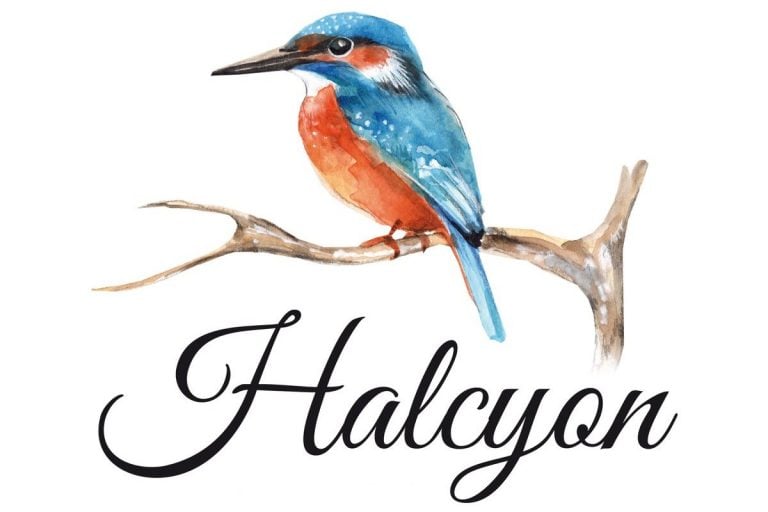
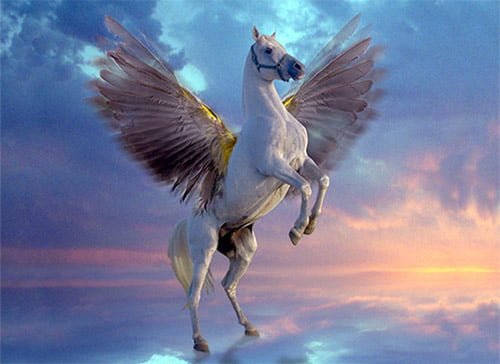
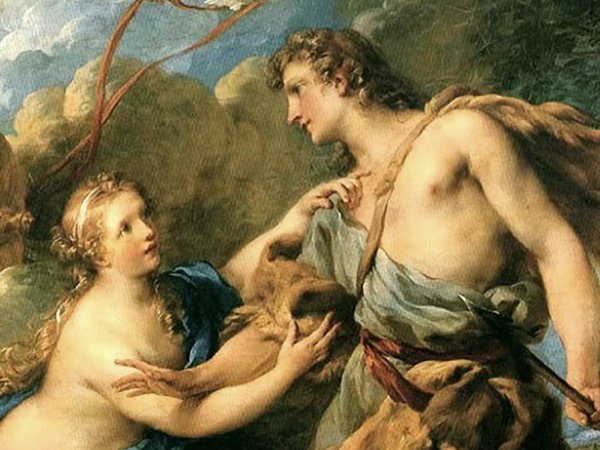
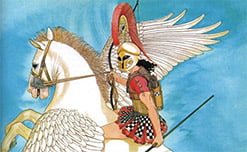
This website is very informational and it helped me a lot:)
i love this site and every one on it
FLVS student here, this site is the best :D
thanx a lot it really helped me with my power point!!!!!!!!! :)
ITS PERFECT :):):):):):):)
thanks a lot you helped me with my speech!!!!!! i think you spelled the one specializing in stars wrong though…..I’ m not quite sure.
This site about Greek Mythology helped me a lot with my English assignment. Thanks
One theory holds the nine stripes on the Greek flag represent the nine muses. The more popular belief is that the nine stripes represent the nine syllables in the Greek words meaning Freedom or Death, though I can’t remember the word for freedom.
the Greek word for freedom is eleftheria (ελευθερία)
ελευθερία ή θάνατος
Eleftheria e thanatos
The phrase does have nine . syllables.
Thankss…? : )
This site about Greek Myths was really useful :D
I’m a FLVS student and this helped me alot. :)
I’m a Student this helped me a whole bunch.
awesome site. it helped me a lot on my research assignment.
=)
Thanks a lot this really helped me on my Literature assignment
I’m a middle school student and this was really helpful on my power point. This is such a great site : )
By the way, Ourania can also be spell Urania
Where did you get Urania? I have heard of urantia though quite similar in name and spelling
Great site! I’m a middle school student and this was immensly helpful on my power point! By the Way, Ourania can also be spelled Urania
Thanx
this really helped me out! hope u post more
Thank you for the informative information about my name Euterpe. For many years and, it still is, very difficult for people to pronounce my name.
I would like to know why the second letter of the name is written with the Greek letter u instead of the English letter f since the rest of the letters are in English? It is pronounced differently when written with the u instead of f.
Thank you,
Efterpe
PS: Would be nice to start a club with people named Efterpe.
Hi Efterpe, yes, it seems the u and f are interchangeable. The Greek town of Nauplion can also be spelled Nafplion. When I see Latin words, the u and v are interchangeable — like salus and salvs. Same word. Don’t know why this is and haven’t googled it.
Jeg kunne godt tænke mig at vide om de ni musers beklædning
Amazong job.
The information was very helpful!
Great site to turn to for reports:)
This was an amazing site about Greek mythology! My teacher recommended this site and I will be using it forever
I’m an Honors La Students and thanks a lot, this really made it easy to get info on the Nine Muses!
I like this a lot, and it has all the muses, but where does the sun god Apollo fit into this? I am writing a report, and I need to know what the 9 muses are and how Apollo fits into them. respond to my email
Hi, the Muses were raised by Apollo and the Nymph Eufime.
Wow!! Thanks for the help!! This helped me on my FLVS project!! :D This is the best and I learned a ton! Thank you!! :)
WOW! Great site. Thanks a lot. This helped me greatly on my muse project.
I loved it i love Greek Mythology
WOW! Thanks a bunch with helping me with my english project over The Ancient Greek Muses. It helped a lot.
thanks helped me out a lot. ;)
I love greek mythology this website is the best! : )
I’m appealing to the muses to help me finish my second novel. It’s a tough one, but it’s about artists and writers in 1950’s San Francisco, so I’m sure I’ll get their help. I’m anxiously waiting.
this was a really good site it was pretty accurate. I for one have not learned about the nine muses. again i say it is a really good site. :)
This was very informational, but Erato can also be known as the muse of lyrics. I believe that Melpomeni is spelled with an e not an i.
And I also believe that Polymnia can also be spelled Polyhymnia hence the word hymn in it.
Calliope had a son named Orpheus btw. Other than spelling errors, this was very well written and full of information.
This helped a lot in my search for more information on the Nine Muses. So whoever came up with this, thank you for giving out this information.
Very thorough and accurate. This is the base of the old but famous movie Black Orpheus.
I had no clue what the muses are, but then i found this great website (this one) and I have tons of facts for my paper! Thank you!
Our Boston Terrier is named after the chief muse Calliope …Callie for short. We love her.
I found this web page extremely interesting and useful. I got basic information about the Nine Muses here and would like to read more advanced writing.
Not just a-musing, but intriguing too. Nice linkage to the old, inspiring the new!
https://www.youtube.com/watch?v=WFJRt1DVa0I
Here’s Stravinsky’s Apollo choreographed by George Balanchine
Excellent website. Lots of useful info here. I sending it to some friends and also sharing in delicious. And certainly, thanks for your sweat!